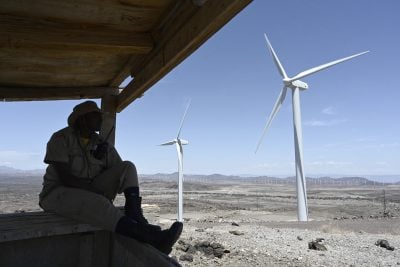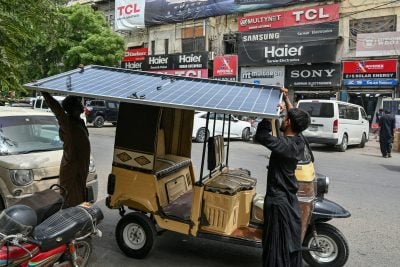Acknowledging this, the CBK in July announced a new loan pricing rule which would allow Kenyans to henceforth pay an interest rate of not more than 12% (instead of between 18% to 25%) on loans.
Often referred to as micro-savings groups, the chamas and Saccos have also been criticised for their inability to transition from savings to investments, but their activities in the last decade, particularly in the property and real estate sector, suggest they have matured as they take on key infrastructural projects in the region.
Their involvement in the void left by formal financing models may partly account for the 8.2% increase in the value of residential plans approved in Nairobi County between January and April 2014.
Trans Century is a good example of the success of such micro-savings groups. It started as a chama in 1997, achieved total assets of $247m by 2011 and is now listed on the Nairobi Securities Exchange.
Regional investment group, Home Afrika also began as a chama and in 2013 made earnings of 7.4m. Even more encouraging is that Home Afrika planned to start building 200 homes worth $11.4m in Lagos, Nigeria, in June. This is an early indicator that the concept can profitably cross borders.
A myriad of chamas and saccos share similar success stories. Kenya’s Cretum Properties, for instance, has worked with over 50 Savings and Credit Cooperative Societies to facilitate individual construction projects within Mavoko Municipality, Thika, Kitengela and Nakuru. It now intends to approach the International Finance Corporation to finance construction of additional houses.
The chamas and Saccos are becoming bolder and some are looking to expand beyond their traditional territory in residential real estate. In early July, Kenyan investment group Fechim Investments said it would build a shopping mall in Ruiru, a town 45 kilometres away from Nairobi. It will be the first of its kind in Ruiru, and will complement other shopping centres cropping up around the Thika Superhighway.
Cement titans
The construction projects being initiated by East Africa’s private and public sectors have attracted local and international cement manufacturers.
Kenyan cement maker ARM is set to begin construction on a $300m factory in Kitui in October. The plant will be Kenya’s biggest, and will produce 8,000 tonnes of cement per day.
ARM is also expanding its regional presence after commissioning a plant in Tanga, Tanzania to produce 1.2m tonnes of cement a year. It has also taken full control of Rwandese company, Kigali Cement, giving the regional cement manufacturer a stronger foothold in East Africa’s fourth-largest economy. ARM’s expansionist plans are being matched by Nigeria’s business magnate Aliko Dangote, who intends to open a $400m plant in Kenya, expected to have a daily capacity of 5,500 tonnes.
International cement manufacturers have also been pulled into the mix. In July, Swissbased global building material and aggregates company, Holcim, said it would acquire control of local cement maker Bamburi Cement, further to the merger between Holcim and French Lafarge SA. Indian conglomerate Sanghi Group has said its cement manufacturing arm, Cemtech, will build a $136m cement factory in West Pokot County, and produce 24m bags annually.
In response to the flurry of activity in East Africa’s infrastructure sector, international project managers such as US firm, Hill International, has selected Nairobi for its first office in sub-Saharan Africa. Hill International is listed on the New York Stock Exchange and manages mega construction projects in transport, energy, oil and gas, telecommunications and technology sectors.
Kenya’s neighbours have also received their share of attention. Tanzania’s construction sector, in particular, is of increasing interests to Turkish investors. Bilateral trade between the two countries has increased threefold over in last three years to $183bn in 2013.
While such an approach to infrastructure development may not have been what the African Union had in mind when it asked member states to embrace public private partnerships, it seems to be working well enough for East Africa’s budding infrastructure base.
Want to continue reading? Subscribe today.
You've read all your free articles for this month! Subscribe now to enjoy full access to our content.
Digital Monthly
£8.00 / month
Receive full unlimited access to our articles, opinions, podcasts and more.
Digital Yearly
£70.00 / year
Our best value offer - save £26 and gain access to all of our digital content for an entire year!

 Sign in with Google
Sign in with Google 




